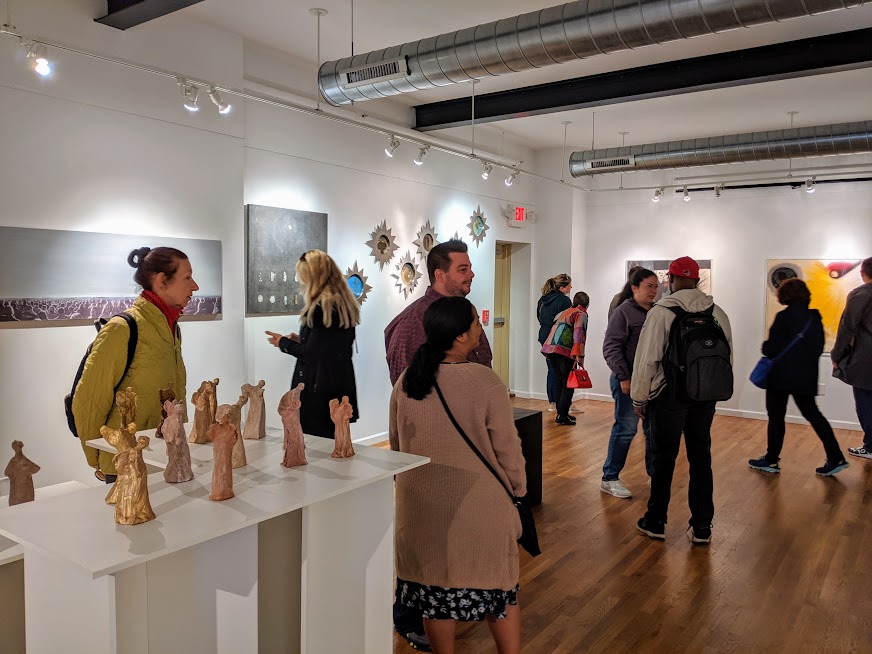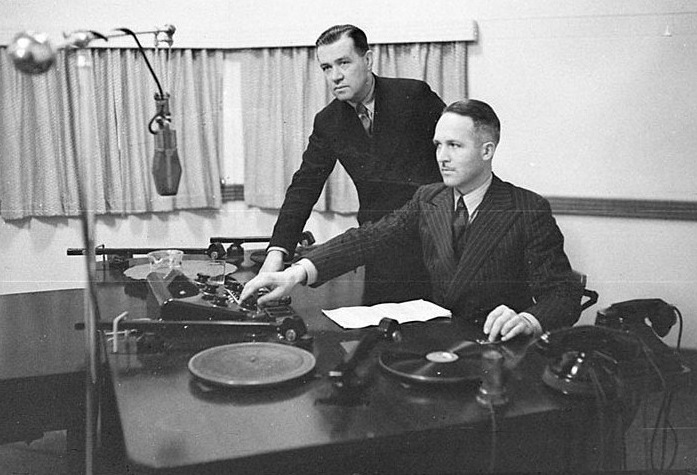Jersey City Politics

Chatting about Cities (and Lovecraft)
Earlier this January, I talked with We Need Some Milk, a podcast discussing local politics and urban policy. Since the hosts and I shared such a wide-ranging and fun conversation, they decided to make my appearance a two-part episode. We chatted about the Jersey City political landscape, the New Jersey gubernatorial race, and my forthcoming…

Jersey City Funding the Arts? Maybe
Recently, the Jersey City council approved a ballot referendum for creating an arts trust fund in Jersey City. The proposal would dedicate permanent revenue for local arts and culture organizations. A small additional property tax would collect an estimated $800,000 to $1,000,000 per year–all for the arts.

2020 Predictions: We Need Some Milk
Last year, I appeared on We Need Some Milk, a sometimes irreverent podcast exploring local politics with a focus on New Jersey and Massachusetts. The hosts invited me back to participate in the program’s first episode in 2020.
The Ghost of a Political Machine: Frank Hague & Jersey City
Frank Hague. The name looms large in the political culture and public imagination of Jersey City and Hudson County, New Jersey. A few weeks ago on a Saturday morning, I attended a forum exploring the man (and his ally-cum-rival John V. Kenny) at the Five Corners branch of the Jersey City Free Public Library. The…
(New) Brooklyn & Jersey City: A Comparison and a Challenge
In the past fifteen or so years, Brooklyn has emerged as the grassroots cultural and creative capital of not only the New York region but arguably the entire country. Brooklyn entrepreneurs, musicians, artists, writers, and all-around boosters have crafted an attention-grabbing and marketable image of the new Brooklyn: gritty, outrageous, quirky, and weird. Simply put,…